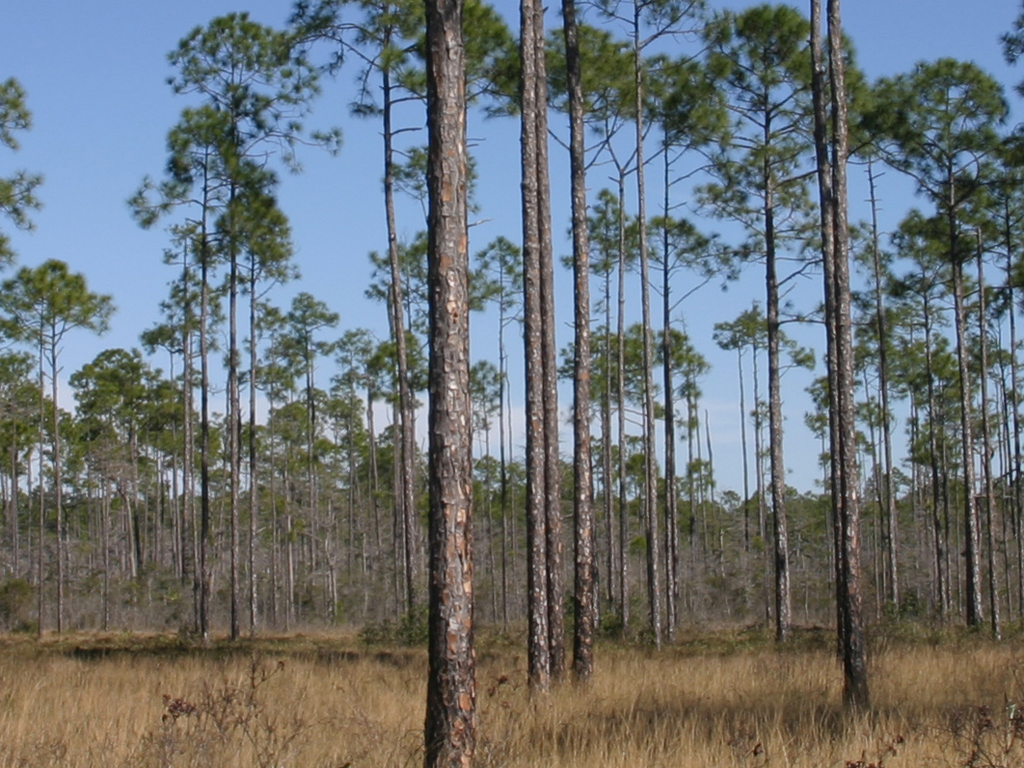Biodiversity of American Savannas
Savannas are open grasslands interspersed with trees or shrubs. In the Americas, three broadly defined regions of tropical and subtropical savanna and grassland cover an estimated 4.16 million square kilometers: (1) the Gulf Region (comprising the SE N American Coastal Plain, the Gulf coast of southern Mexico and Central America, and the Caribbean), (2) the Guiana Shield Region (comprising the savannas of the Guianas and northern Brazil, the Guyana Highland, the Venezuelan Llanos, and adjacent Colombia), and (3) the Brazilian Shield Region (comprising the cerrados and campos rupestres of the Brazilian Planalto, the Pantanal, and the Beni region of Bolivia). Each area includes many endemic plant species as well as species shared with other areas. Relatively little is known of the history of these savanna biotas and the interchange between them. Chris is currently studying the evolutionary history of one diverse lineage of American savanna plants, the beaksedges (Rhynchospora; Cyperaceae), and the lab has developed an anchored phylogenomics kit so that other co-occurring angiosperm lineages can be studied, bringing the history of tropical savannas into sharper focus. Austin is very interested in recruiting new graduate students who would like to focus on similarly distinctive members of America's tropical and subtropical savannas.
Buddenhagen, C., W. Thomas, and A. Mast. July 2013. Biogeography, Habitat and Diversification: Insights from a Chronogram for the Tribe Rhynchosporeae (The Beaksedges; Cyperaceae). Monocots V Conference, New York, NY.
Buddenhagen, C. and A. R. Mast. 2013–2016. DISSERTATION RESEARCH: Extending anchored phylogenomics into plants with a case study of beaksedge (tribe Rhynchosporeae; Cyperaceae) diversification in the New World. NSF Award 1311150.
Related Publications
A First Look at Diversification of Beaksedges (Tribe Rhynchosporeae; Cyperaceae) in Habitat, Pollination, and Photosynthetic Features.
Memoirs of the New York Botanical Garden 118.